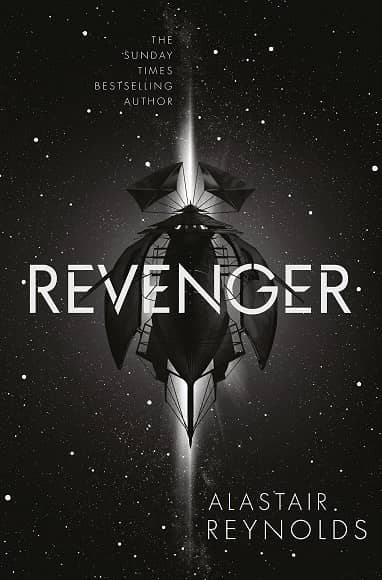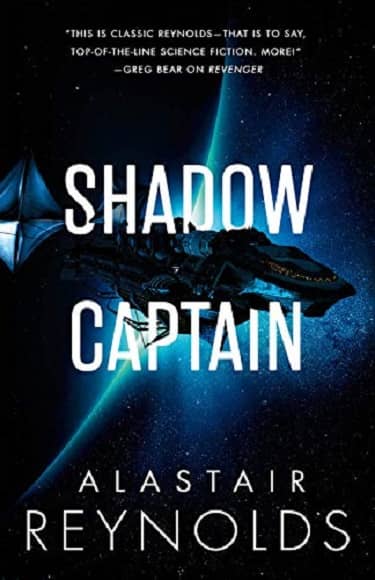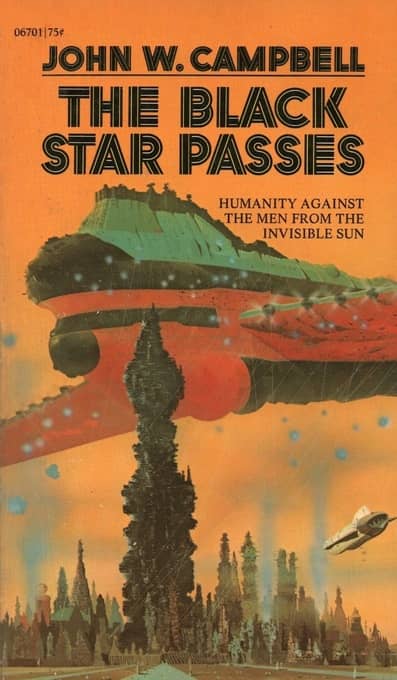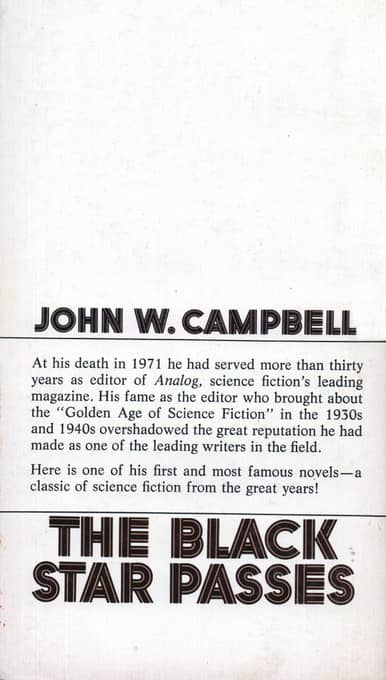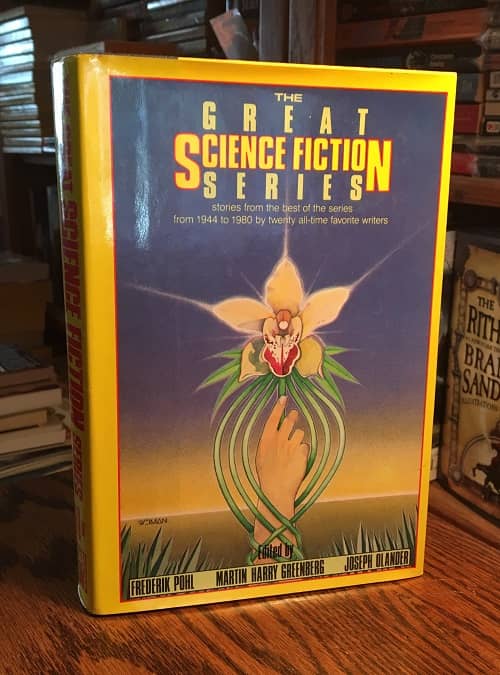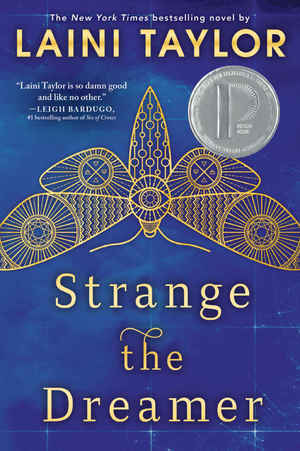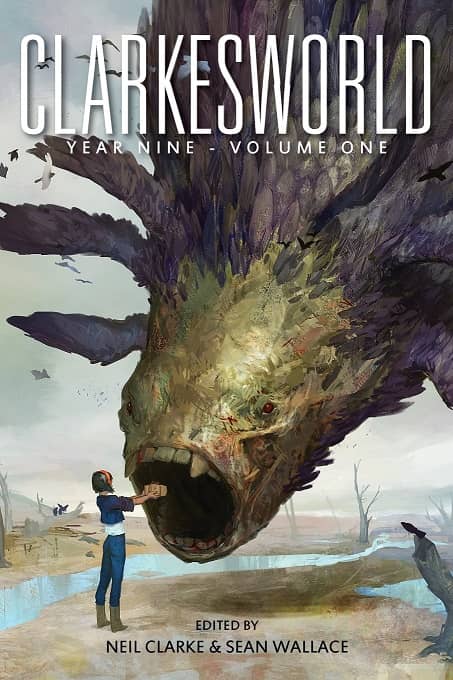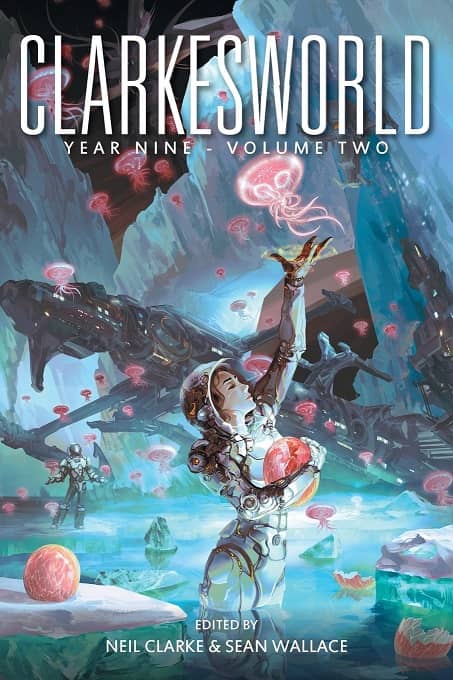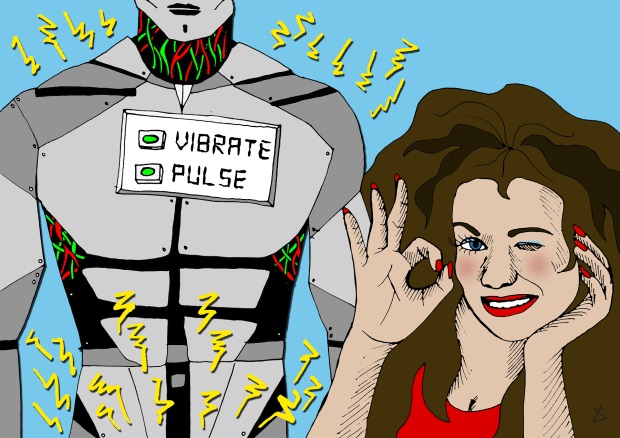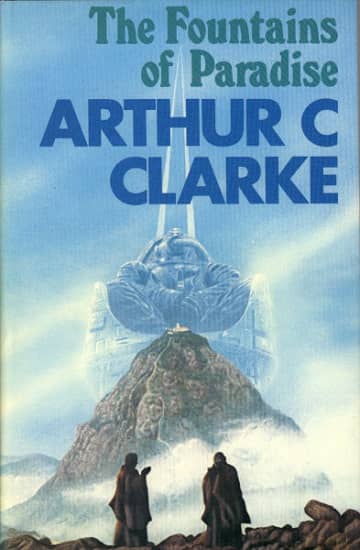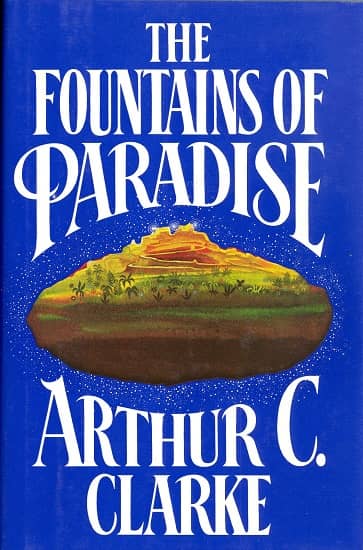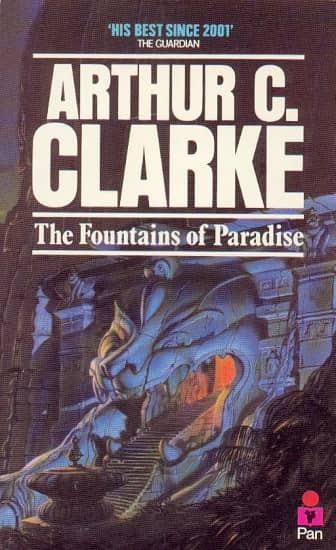Closing Out 2018 with Interzone Magazine
 |
 |
 |
I don’t get to pick up British SF magazine Interzone as often as I like, though I buy it whenever I see it. I was lucky enough to find three issues recently on the magazine rack at Barnes & Noble, and they’ve help remind me what a terrific magazine it is. If you’re at all interested in what’s going on in modern SF, I urge you to check it out.
Interzone is published and edited by Andy Cox, who has assembled a top-notched team of writers, artists, and columnists. It is one of the sharpest-looking magazines on the market, with full color interiors and gorgeous art. The most recent three issues of the bi-monthly magazine (#276, 277, and 278, cover dated July-December 2018) include fiction from Bonnie Jo Stufflebeam, Aliya Whiteley, Natalia Theodoridou, Fiona Moore, Rachael Cupp, James Warner, and many others. They also include some of the best columns and non-fiction in the business, including the long-running Ansible Link by David Langford (news and obits); my favorite film review column, Mutant Popcorn by Nick Lowe; the excellent Book Zone (book reviews); Andy Hedgecock’s Future Interrupted (column); Nina Allan’s Time Pieces (column); interviews, and guest editorials.
Here’s a few samples of that gorgeous interior art I was talking about.

